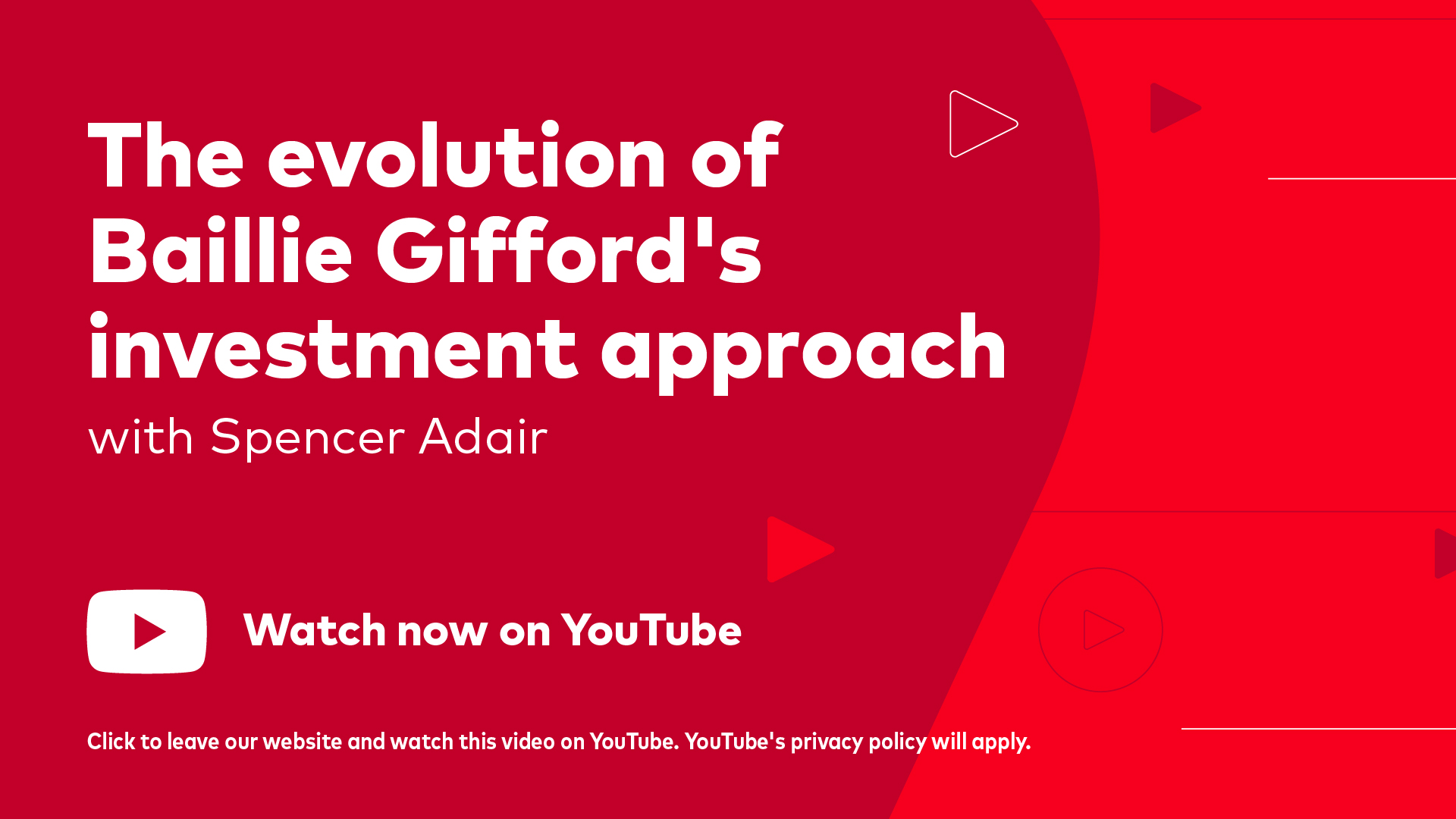I'm a portfolio manager at Baillie Gifford, and I started there 24 years ago this week. Although it might be unusual for people to transition from different academic disciplines into fund management, Baillie Gifford deliberately recruits curious and diverse individuals straight out of college. We focus on character and curiosity, and we provide the necessary financial training, often through the CFA charter, to fill in the gaps.
Malcolm, Helen, and I sit at the heart of Baillie Gifford, receiving ideas from various teams. We are deliberately different individuals to bring a range of perspectives. Malcolm is the pessimist, always thinking about what could go wrong and approaching the portfolio from a top-down perspective. I focus on the balance of the portfolio, considering long-term economic exposures and risks. Helen, who manages the team, is detail-oriented and disciplined, ensuring that processes run smoothly and commitments are met.
Our philosophy is to be more patient than the average investor, with holding periods typically between 5 and 10 years. We look for companies that grow their earnings over time, ensuring that share prices are correlated with the fundamentals of the companies. We aim to uncover growth that is not yet widely recognized by the market, which is often hard to model and predict.
We understand that every holding will have a range of outcomes, so we encourage our analysts to think in probabilistic terms, avoiding a single central case for each stock. We accept that some investments may not perform as expected, but others will multiply in value. This approach is based on expected return distributions.
Growth investing over the past decade has often been associated with technology and the Magnificent Seven. However, our approach is broader. About a third of our portfolio consists of compounding stocks—companies that grow steadily over time. Another third is in disruptors—companies that are creating new models or technologies and disrupting established industries. The final third is in capital allocators—experienced management teams that make strategic decisions against prevailing wisdom.
One exciting buy-side example is Royalty Pharma, a company that provides pharmaceutical companies with royalties on their newly launched drugs. This allows pharma companies to fund new drug discovery programs. Royalty Pharma is a leader in this field with a 60% market share and has been growing at double-digit rates. Despite this, static royalties account for only 2% of the total market, leaving plenty of room for growth. The company is valued at a single-digit P/E, making it an attractive investment.
On the sell side, we look for companies that either disappoint, fail to meet their goals, or become too expensive. A recent example is Axon, which makes tasers and body cameras for police forces. While the company has strong structural growth factors, its share price has more than tripled over the past five years, far exceeding our forward-looking hypothesis. We have decided to step back and revisit the investment if the shares were to drop to half their current price.
At Baillie Gifford, we are on the road a lot, meeting with companies, suppliers, and customers. Our team conducts about 4,000 company meetings annually. We believe that speaking to people and understanding their perspectives is crucial for uncovering growth opportunities. We also use tools to replicate the factors behind our current holdings, but most of our ideas come from these face-to-face interactions.
Our competitive advantage lies in our long-term focus and the way we treat our people and their ideas. Baillie Gifford is a partnership that has been around for over 110 years, and we have unlimited liability, which aligns us closely with our clients' interests. We have an institutional time horizon of 10 to 20 years, which is different from most businesses. Our scouting network, where teams bring us ideas from around the world, allows us to analyze and contextualize these opportunities globally.
Volatility is a part of the market, and we try to remain clear-headed during such times. When markets are volatile, we often turn off our screens, go for walks, and focus on deeper conversations with companies. We look for opportunities where volatility can be advantageous, such as finding growth in emerging markets, healthcare, and long-term brands. For instance, after waiting for 20 years, we recently found an opportunity to invest in LVMH, a luxury brand, at a price that offers a high return over a decade.
We are also excited about industries that are inflecting on their growth, such as semiconductors and sensors. The push to onshore semiconductor production in North America is creating significant opportunities. Additionally, energy transition companies are accelerating their growth as the world moves away from hydrocarbons towards cleaner and cheaper energy sources. This shift feels very promising for long-term investors.
